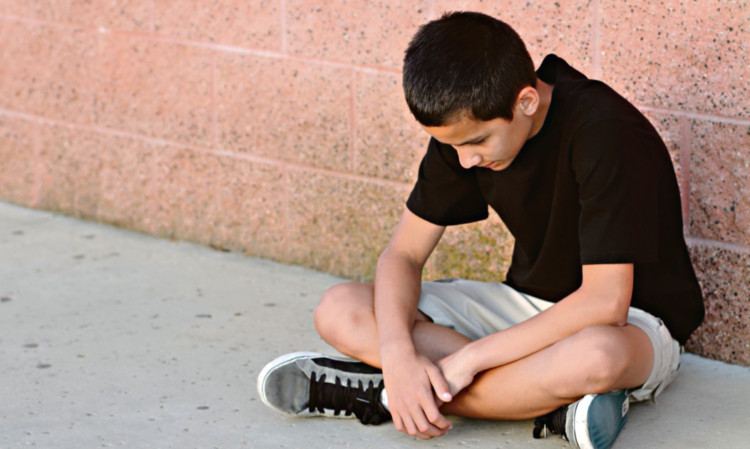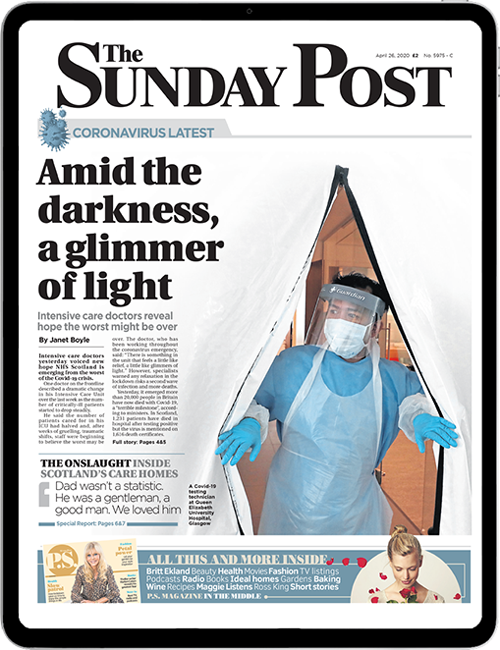
Children as young as nine are being forced to spend time with parents who have a history of violence against them.
A disturbing new report, which looks at the treatment of youngsters involved in parental contact disputes where domestic abuse was an issue, found that in more than a third of cases the child’s wishes were completely ignored.
The study also revealed situations in which access was granted to parents even in “particularly high violence cases”.
Critics are now demanding an overhaul of the family court system in light of the findings.
Claude Knights, of children’s charity Kidscape, said: “This report highlights the need for those making decisions about the lives of children to listen carefully to their views.
“It is most disturbing that it’s the very young children who are least likely to be heard who are often the subject of contact orders that do not meet their needs.
“The methods for taking their views must be improved urgently. We can, and must do more to protect children. Urgent reviews of processes and procedures are required.”
The report, compiled for Scotland’s children’s tsar by Dr Kirsteen Mackay, looked at nearly 100 cases where courts decided contact issues between parents in domestic abuse cases. Children were given the chance to make their views known in more than half (55%) of the cases studied.
But, astonishingly, in more than a third (34%) of those, they were given a “contact outcome” by the court that bore no resemblance to the views they expressed.
Details of some of the most harrowing cases were laid bare in Dr Mackay’s report.
She recommended changes to the way children’s views were taken into account by the court service and more research into how it affects them.
She found one case where two girls aged eight and 10 had witnessed their father punch their mother in the face, with their screams alerting the police.
Despite telling the court reporter they did not want to see their dad again the reporter decided to grant the father access, claiming the girls were not sufficiently mature enough to evaluate their feelings objectively.
In another case, three children aged 15, 12 and 10 had not seen their father for six years because he had several convictions for assaulting their mum.
In heart-breaking court documents they described how their lives had been blighted by his violence and alcohol abuse with police frequently called to their home. Yet the court decided to grant the father access every week.
Dr Mackay also found a case where a father had broken into the family home and raped his former partner two years after they separated.
Despite this and accusations of violence against one of his three kids, he was given access to two of the younger children against their wishes.
There was even a case in which the court granted a father access to his children, aged nine and 10, despite having a history of violence against them. This was contrary to the recommendation of the social worker involved.
Tam Baillie, Scotland’s Commissioner for Children and Young People said: “While it is encouraging that the courts in Scotland do make efforts to gather the views of children, the majority of children in the cases in this report are very young.
“I am concerned it is these very young children who are the least likely to be spoken to and yet the most likely to still be having contact with a non-resident parent, despite allegations of domestic abuse.”
Tory chief whip John Lamont added: “We need a prompt response from the Scottish Government on what it intends to do to address this alarming statistic.”
The Scottish Government promised to improve the failings in the current system.
A spokeswoman said: “Safe contact for children who have experienced domestic abuse is a difficult and sensitive issue. The best interests of the child should be paramount in these cases.
“The Scottish Government is taking a number of actions to ensure contact is safe and in the child’s best interests.”

Enjoy the convenience of having The Sunday Post delivered as a digital ePaper straight to your smartphone, tablet or computer.
Subscribe for only £5.49 a month and enjoy all the benefits of the printed paper as a digital replica.
Subscribe